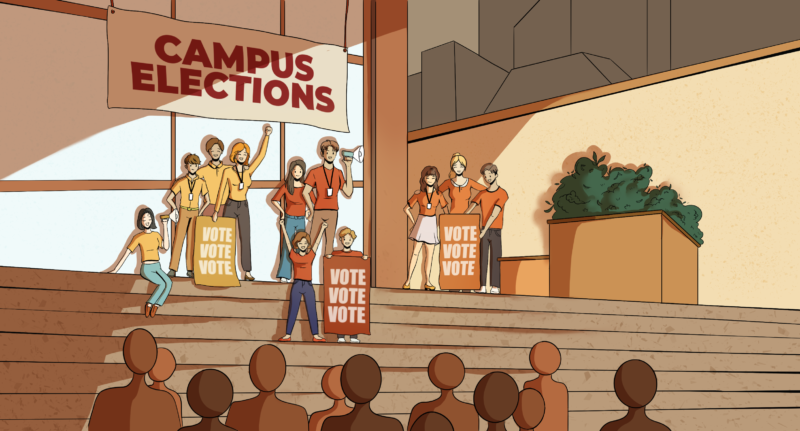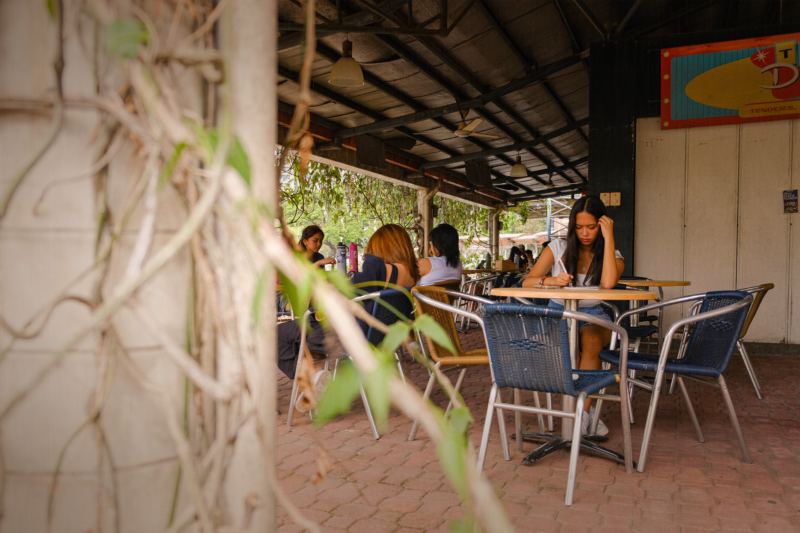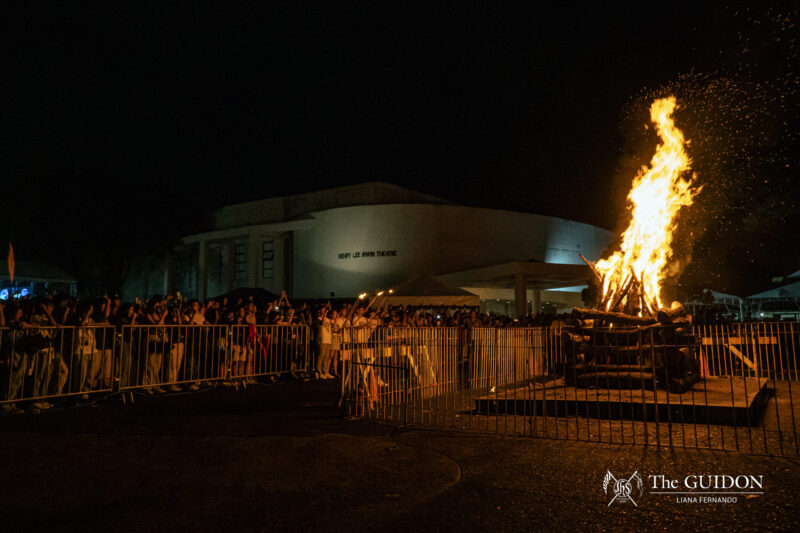Between the public sector and private institutions, the latter are typically perceived to be more involved in the fields of science and engineering in many parts of the world. However, according to Article XIV, Section 10 of the 1987 Philippine Constitution, the state recognizes the “essential” character of science and technology, and “shall give priority to research and development, invention, innovation, and their utilization.” Although it has not always been apparent, the Philippine state has had a long-standing interest in the sciences.
Piqued interest
On August 23, 1956, Republic Act (RA) No. 1606 was approved by President Carlos P. Garcia. Referred to as “An Act to Promote Scientific, Engineering and Technological Research, Invention and Development,” it is among the earliest declarations of the Philippine state’s interest in pursuing advancements in the fields of science and technology.
Its provisions included providing financial aid to students and researchers in the sciences, providing researchers with the necessary equipment to carry out their work, and entering into partnerships with private organizations that can accommodate research and development facilities that the government cannot.
Two years later, the development of science and technology became official state policy after RA 2067 or the “Science Act of 1958” was enacted. It outlined provisions that were similar to those of the act that came before it, which necessitated the creation of the National Science Development Board (NSDB). The NSDB would allow government offices to play a more active role in shaping the country’s scientific and technological pursuits.
Paving the way
Furthermore, in collaboration with the Department of Education (DepEd), the NSDB was also to undertake a survey of the educational system to determine how it could be made “an effective instrument for scientific advancement.”
One of the results of increased government involvement in education was the passing of RA 3661, which would establish the Philippine Science High School (PSHS) in Diliman, Quezon City. The PSHS would later open up campuses in other parts of the archipelago.
In 1982, the NSDB was granted the ability to exercise broader “policy-making and program implementing functions” as the National Science and Technology Authority (NSTA). Finally, in 1987, Executive Order No. 128 was signed and the NSTA was elevated to the Cabinet level as the Department of Science and Technology (DOST).
Around a decade later, Congress passed RA 8496, creating the PSHS System. This allowed the DOST to exercise greater autonomy in terms of standardizing and systematizing school operations.
In the public eye
Although the DOST has been relatively quiet compared to the other executive branches of the Duterte administration, the agency has most recently been focusing their efforts on improving the country’s disaster preparedness.
On May 17, 2017, DOST launched a project that would facilitate the joint effort of Japanese and Philippine universities to improve thunderstorm and rainfall forecasts.
Given the recent seismic activity that has devastated various areas in the archipelago, the Philippine Institute of Volcanology and Seismology, a service institute of the DOST, has also been raising public awareness of potential seismic activity. It has participated in the Metro Manila Shake Drills that have been conducted to prepare for the “Big One,” a 7.2-magnitude earthquake predicted to hit Metro Manila.
Outside of mitigating potential damages of natural disasters, the DOST has also been making strides in research and development. For instance, the Philippine Textile Research Institute, a DOST developmental arm, recently hosted a showcase of indigenous textile and fabric material innovations, which may be utilized to boost the local textile industry.
Clearly, the DOST has been making efforts to instill confidence and trust in the public consciousness. Only time will tell if the state will continue to reap the rewards of its investment in the national pursuits in the sciences.







